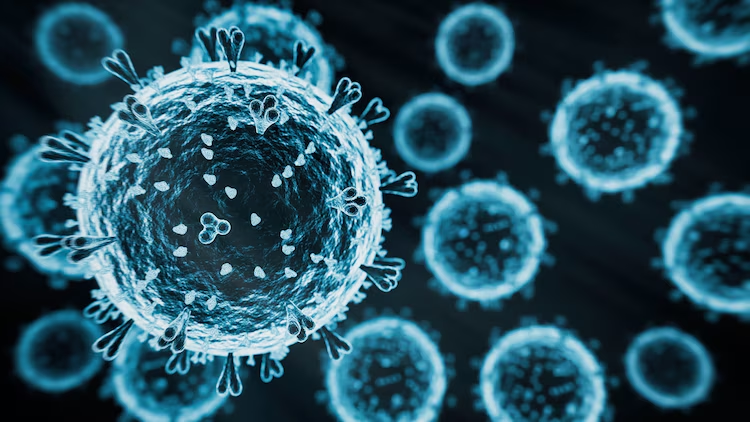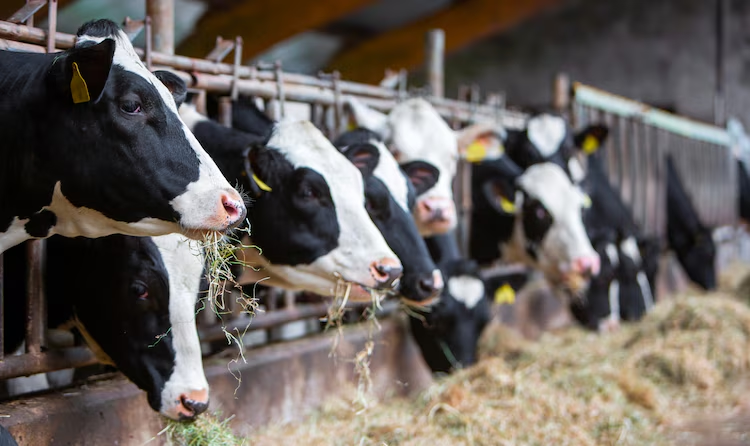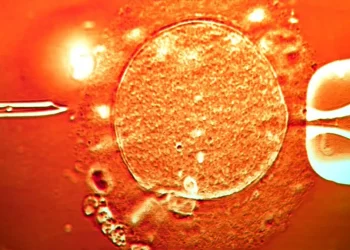Updates on the Bird Flu Outbreak and its Connection to Raw Milk Products in California
Public health officials in the United States are closely monitoring the ongoing bird flu outbreak, which has now been linked to raw milk products in California. Known as H5N1, this strain of avian influenza has infected both animals and humans, raising awareness about its risks and the need for preventive measures.
What Is Bird Flu, and What’s Happening in the U.S.?
Bird flu, or avian influenza, is a viral disease primarily affecting birds, caused by Avian Influenza A viruses. While it usually spreads among wild aquatic birds and domestic poultry, this outbreak has taken an unusual turn by infecting dairy cows, a development not previously observed.
Dr. Michael Ben-Aderet, an infectious disease specialist at Cedars-Sinai Medical Center in Los Angeles, described this as a unique occurrence:
“We haven’t seen bird flu cross into dairy cows or create this association with dairy workers before.”
As of now, the Centers for Disease Control and Prevention (CDC) has confirmed 58 human cases across seven states, with California reporting the highest number at 32. All individuals affected had direct contact with infected livestock.
Fortunately, all U.S. cases have been mild, and patients have recovered after receiving antiviral treatment. Experts emphasize that there is no evidence of person-to-person transmission, and the risk to the general public remains low.

Risks Associated with Raw Milk
Concerns about bird flu have extended to dairy products, particularly raw milk. In April, inactive virus fragments were detected in pasteurized milk. However, the pasteurization process ensures the virus cannot cause infection.
Albert Ko, an epidemiologist at Yale School of Public Health, explained:
“Pasteurization inactivates the virus, so even if fragments are found, they are not capable of causing illness.”
Despite this, raw milk remains a potential health hazard. Unlike pasteurized milk, raw milk is not treated to eliminate harmful pathogens, increasing the risk of foodborne illness.
In response to the outbreak, Raw Farm voluntarily recalled all its raw milk and cream products in California after bird flu was detected in its supply. Public health officials warn that handling raw milk can also pose risks.
Dr. Meghan Davis, an associate professor at Johns Hopkins Bloomberg School of Public Health, highlighted this concern:
“Even spilling raw milk on your hands and touching your eyes could expose you to the virus.”
Are We Facing a Bird Flu Pandemic?
Currently, there is no bird flu pandemic in the U.S., and the risk of one remains low. However, each human infection increases the chance of the virus mutating to enable human-to-human transmission.
Health experts are particularly cautious as the winter respiratory virus season approaches. Seasonal flu viruses can exchange genetic material with other influenza strains, potentially creating a hybrid strain capable of spreading between people.
Dr. Ko emphasized the importance of vigilance:
“With so much bird-to-animal transmission and now cattle involvement, the risk of a mutation enabling human-to-human spread is a concern.”
Proactive Measures Against Bird Flu
To prevent future risks, health organizations are taking proactive steps:
- Vaccine Development: The World Health Organization is advancing research into a human bird flu vaccine using mRNA technology.
- Funding for Readiness: In October, the U.S. government allocated $72 million to ensure non-mRNA bird flu vaccines are available if needed.
At this time, there are no recommendations for the general public to receive a bird flu vaccine. However, public health officials encourage awareness and caution, especially among those in contact with animals or raw dairy products.
The bird flu outbreak is a reminder of the interconnectedness of human and animal health. While the immediate risk remains low, staying informed and following safety precautions can help mitigate potential threats.
This article was rewritten by JournosNews.com based on verified reporting from trusted sources. The content has been independently reviewed, fact-checked, and edited for accuracy, neutrality, tone, and global readability in accordance with Google News and AdSense standards.
All opinions, quotes, or statements from contributors, experts, or sourced organizations do not necessarily reflect the views of JournosNews.com. JournosNews.com maintains full editorial independence from any external funders, sponsors, or organizations.
Stay informed with JournosNews.com — your trusted source for verified global reporting and in-depth analysis. Follow us on Google News, BlueSky, and X for real-time updates.














